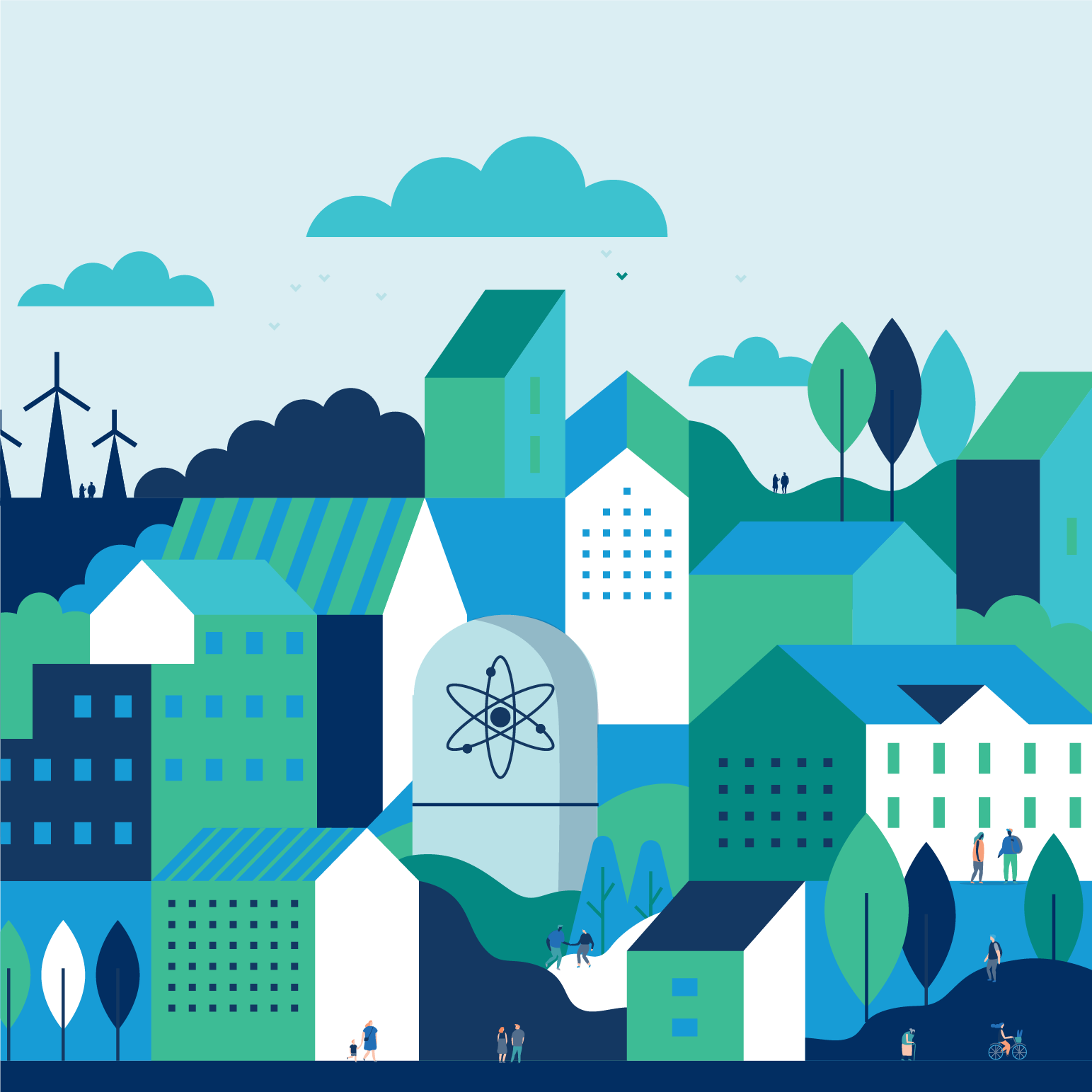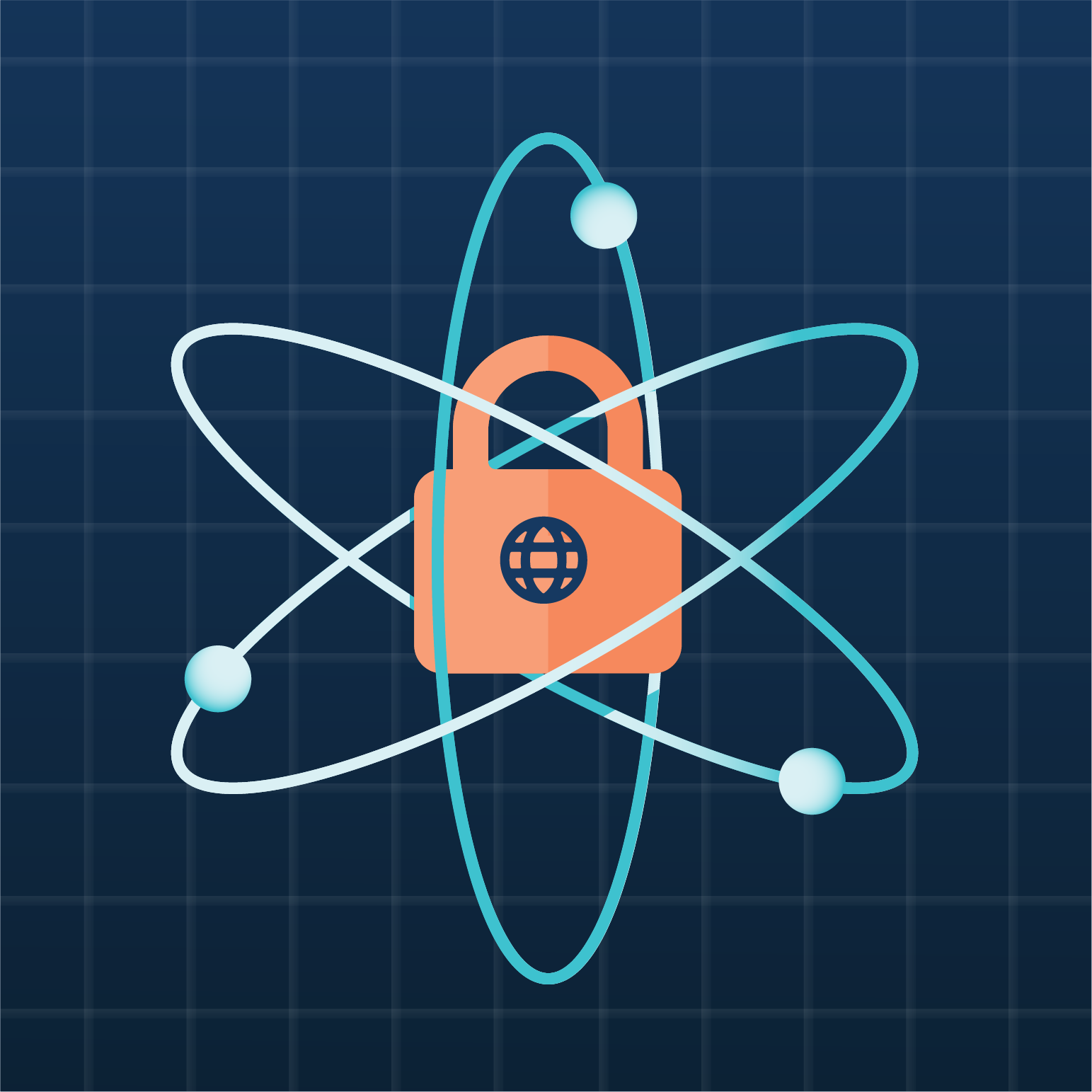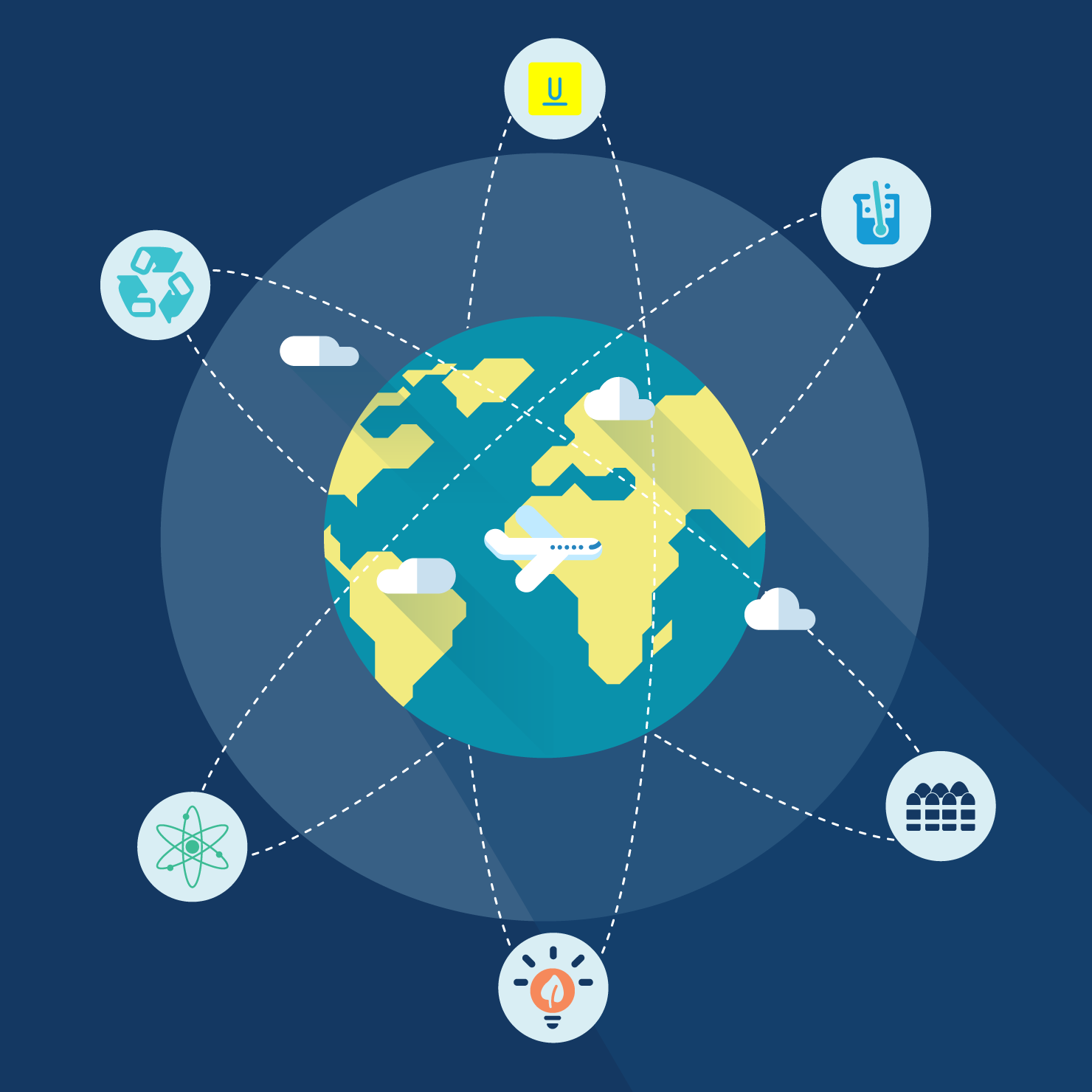Newsroom Archive

A recent study found that residents living closest to nuclear power plants view them favorably, and instead of saying Not In My Back Yard (NIMBY), they understand the benefits nuclear plants bring to communities and would welcome new reactors in their neighborhoods. The biennial survey done by Bisconti Research gathered the opinions of 910 full-time residents within a 10-mile radius of nearly all nuclear power plants in the U.S., excluding households with people who work at a nuclear power plant due to their vested interest.

After a vote-a-rama in the Senate and passage in the House, President Joe Biden signed the Inflation Reduction Act (IRA) into law. It’s not often that Congress returns to Washington during August district work periods to pass legislation—unless it’s important. In fact, President Biden called the legislation "the biggest step forward on climate ever.” And at the center of this big step to address climate change is support for carbon-free nuclear energy.

Dow Chemical, one of the largest chemical producers in the world, plans to drive down its carbon emissions through the deployment of X-energy’s small modular reactor (SMR) design. Dow is the first manufacturer to announce the intention to develop SMR technology options. Transportation and industry comprise over half of emissions in the U.S., which is double that of the electricity grid. The world won’t be able to achieve deep decarbonization without committing to innovative solutions for these sectors—which is exactly what Dow is doing.

Congressman Byron Donalds (R-F.L.) recently introduced important legislation to mobilize nuclear energy to aid disaster relief efforts. The National Strategy to Utilize Microreactors for Natural Disaster Response Efforts Act seeks to utilize clean, reliable, and portable nuclear microreactors—instead of carbon-emitting diesel generators—to assist with natural disaster recovery efforts. Providing communities with power in the aftermath of disasters such as hurricanes is essential, especially when the NOAA Climate Prediction Center is forecasting the seventh consecutive above-average hurricane season this year.

When people think about electricity, they generally think of how their houses, cars and appliances are powered. Disruptions to the grid have shown how essential electricity access is, and where and how we get this power matters. Because of this, more clean, reliable, affordable and homegrown power like nuclear energy is absolutely essential to ensuring America’s energy security. But it’s not just about the United States—it’s about the world, as our allies seek to decarbonize and secure their own grids.

Chief Nuclear Officers at Nuclear Energy Institute member utilities are expecting to add 90 gigawatts of nuclear power to the grid according to a recent NEI poll. That translates to about 300 new small modular reactors (SMRs) with the bulk coming online by 2050—this level of nuclear energy output would avoid 471 million metric tons of carbon dioxide emissions, over 280,000 tons of sulfur dioxide, and over 235,000 tons of nitrogen dioxide each year.

Earlier this month the European Union (EU) decided to include investments in nuclear energy in the EU's Sustainable Finance Taxonomy, and just last week Ontario Power Generation (OPG) updated its green bond framework to include nuclear energy. Why is this shift happening now—and what needs to happen for nuclear energy to be universally valued in sustainable investing? We ask the expert, Monica Trauzzi, who is NEI’s Senior Director of External Communications & Climate Finance Strategy and Engagement.

2022 has been an unprecedented year for smart energy policy in state capitols around the country—and we’re only halfway through the year. Legislatures have already seen dozens of bills that reflect the value of reliable, carbon-free nuclear energy. The consensus: lawmakers on both sides of the aisle clearly recognize that in order to sustain a just and reliable clean energy transition, nuclear must be a part of the conversation.

Climate and clean energy stakeholders gathered at this year’s Nuclear Energy Assembly (NEA) to discuss nuclear as a solution to the world’s trials of today and tomorrow—from struggling job markets in local economies and staggering prices at the pump to existential threats like the global climate crisis. But two topics featured prominently over the course of three days: energy security and coal-to-nuclear.

Since the crisis in Ukraine began, the United States has been rethinking how and if we do business with Russia. Right now, the United States receives about 20 percent of its enriched uranium from Russia, and the nuclear energy industry is committed to ending imports of Russian uranium services. To do so, however, the private sector and government must work together to ensure the establishment of a secure, reliable fuel supply chain.


